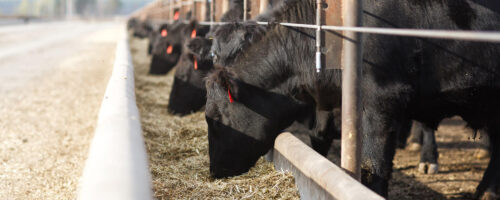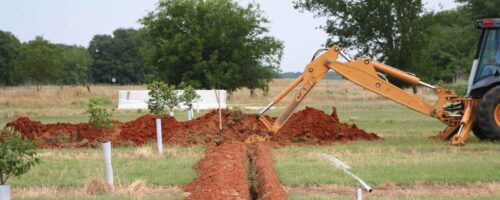By my way of thinking, the most efficient food-producing animals for human consumption are herbivores. Herbivores are animals that are adapted to eat plants. They have a four-compartment stomach, and the first compartment, the rumen, contains bacteria with the ability to break down cellulose, the primary component of plant cells, so it can be digested by the animal. In addition, according to the USDA-NRCS National Resource Inventory, there are approximately 588 million acres of grazinglands in the United States. These lands are comprised of rangeland, pastureland and grazeable forestland. Much of this land is not suitable for farming, but is well suited for herbivores, such as cattle, sheep, goats, deer, elk, bison and antelope. Just taking cattle into account, these lands are responsible for more than 15 billion pounds of beef production on an annual basis.
How efficient is our beef production system? On the surface, it does not look very efficient compared to other meat products. We can convert 2.5 pounds of feed concentrate into 1 pound of chicken and 3.5 pounds of feed concentrate into 1 pound of pork, but it takes about 6 pounds of concentrate to produce 1 pound of beef. However, this isn’t the whole story. Table 1 shows the total amount of beef, pork and chicken produced in the U.S. in 2009 as well as the pounds of concentrate (grain) used to produce the meat, assuming the previously mentioned feed conversion ratios.

A pig or chicken spends its life consuming feed concentrates while most beef is raised on grass to a weight of 750 pounds prior to entering the feedyard. The average slaughter weight of a steer is 1,300 pounds, so only the last 550 pounds of beef is produced from grain. Thus, beef only uses 2.5 pounds of grain per pound of total product produced. When corn gets expensive, cattle are typically kept on grass to reach heavier weights. Conversely, when corn is cheap, we can afford to place cattle in the feedyard at lighter weights. The beef industry has the luxury of diversification between grass and grain, giving us an advantage when compared to pork and poultry. We also have the advantage of being able to use our grazingland resources without fear of competition for that resource from pork or poultry.
Cattle are very efficient at converting grazing resources into beef. While on grass, it can take from 7 to 25 pounds of forage grazed to produce 1 pound of beef. This may not sound very efficient, but how else can we utilize our grazinglands to produce 15 billion pounds of food for our citizens? And, if managed correctly through proper stocking rates and proper grazing, we can sustain our business and continue producing over 15 billion pounds of food from our grazinglands without using energy from grains.



Comment